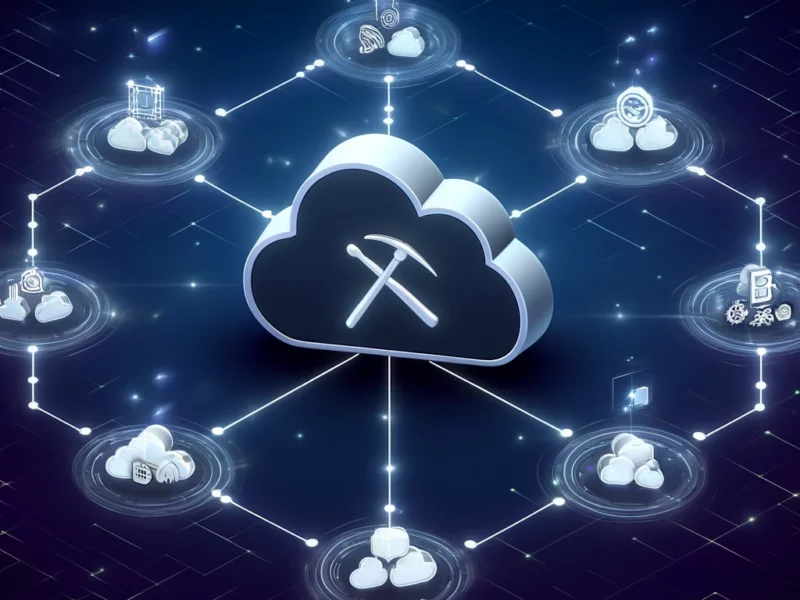Cryptocurrency mining can be lucrative if you’re familiar with important factors such as market trends, choosing effective mining tools, technological advancements, and network dynamics. Here are the best cryptocurrencies to mine in 2024:
1. Bitcoin (BTC)
Bitcoin is the most valuable cryptocurrency by market cap, and it’s mined by most crypto miners. However, mining Bitcoin has become more challenging and resource-intensive over the years.
The network’s consensus mechanism, proof-of-work, requires miners to compete for block rewards by solving complex mathematical puzzles. This process demands specialized hardware known as ASICs (application-specific integrated circuits), which is expensive (ASIC miners cost tens of thousands of dollars) and consumes huge amounts of energy.
Bitcoin mining is the most profitable for those with access to cheap electricity and high-performance hardware, but it’s still expensive for the average person.
2. Litecoin (LTC)
Litecoin is a more accessible option for miners using consumer-grade hardware looking to diversify their portfolios. With its faster block generation time and Scrypt mining algorithm, Litecoin enables miners to earn rewards using less powerful hardware compared to Bitcoin.
3. Monero (XMR)
Monero’s emphasis on privacy features such as ring signatures and stealth addresses makes it a preferred choice for users seeking financial privacy. Monero’s ASIC-resistant mining algorithm, RandomX, also ensures a fair and decentralized mining process, allowing miners to participate without the need for specialized hardware.
Monero mining can be done using CPUs; in fact, CPUs are more efficient for mining this cryptocurrency.
4. Ravencoin (RVN)
Ravencoin has a focus on asset issuance and transfer on its blockchain. With a mining algorithm designed to be ASIC-resistant, Ravencoin creates an opportunity for GPU miners to participate in securing the network and earning rewards.
The project’s emphasis on tokenization and asset ownership makes it appealing for miners interested in exploring the potential applications of blockchain technology beyond simple currency transactions.
5. Dogecoin (DOGE)
Originally created as a joke, Dogecoin has since become a popular cryptocurrency with a strong community following. Dogecoin’s mining algorithm, Scrypt, is similar to Litecoin, making it accessible to miners with consumer-grade hardware. While Dogecoin may not have the same level of technical sophistication as some other cryptocurrencies, its vibrant community and meme culture appeal make it a fun and engaging option for miners.
6. Chia (XCH)
Chia is a unique cryptocurrency that uses a “proof of space and time” consensus mechanism instead of traditional proof of work or proof of stake.
This makes the blockchain more energy-efficient and environmentally friendly by utilizing unused storage space on hard drives instead of consuming large amounts of electricity. While Chia mining does not require specialized hardware like ASICs or GPUs, it does require significant amounts of storage capacity and fast storage access speeds.
7. Filecoin (FIL)
Filecoin is a decentralized storage network that allows users to buy and sell unused storage space. Unlike traditional cryptocurrencies that rely on proof-of-work or proof-of-stake, Filecoin utilizes a unique consensus mechanism called “proof of replication” and “proof of space-time.” Miners on the Filecoin network earn rewards by providing storage space and ensuring the integrity of stored data.
8. Zcash (ZEC)
Zcash is a privacy-focused cryptocurrency that offers enhanced anonymity features through its zero-knowledge-proof technology known as zk-SNARKs. This technology allows users to transact privately by concealing the sender, recipient, and transaction amount on the blockchain. Zcash’s mining algorithm, Equihash, is ASIC-resistant, making it possible for more miners to participate using consumer-grade hardware.
9. Electroneum (ETN)
Electroneum aims to empower smartphone users around the globe through mobile-friendly mining. The project has made massive progress in making cryptocurrency accessible to a broader audience. Its unique mobile miner allows users to mine ETN tokens directly from their smartphones, making it a viable option for those new to mining or without access to sophisticated mining rigs.
10. Aeternity (AE)
Aeternity introduces a novel approach to scalability, privacy, and transaction efficiency. Its mining algorithm, Cuckoo Cycle, is designed to be ASIC-resistant, favoring GPU mining. Aeternity’s emphasis on smart contracts and decentralized applications (dApps) adds an attractive layer of utility and potential growth for miners.
11. Firo
Firo (FIRO) is dedicated to ensuring financial privacy through the Sigma Protocol, which enables high levels of anonymity. Its mining algorithm, MTP (Merkle Tree Proof), is intended to combat centralization and is designed for mining using GPUs, making it accessible for miners with various hardware capabilities.
Mining Firo with the MTP algorithm requires a computer with at least 8 GB of RAM. The GPU card should also have a minimum of 6 GB of memory.
12. Bitcoin Gold (BTG)
Created as a fork of Bitcoin, Bitcoin Gold aims to restore mining functionality with standard graphics processing units (GPU), in contrast to the ASIC-dominated Bitcoin mining industry. By using the Equihash algorithm, Bitcoin Gold provides an opportunity for more decentralized and widespread participation in the mining process.
Frequently Asked Questions
1. What is cryptocurrency mining, and how does it work?
Cryptocurrency mining is the process of validating transactions and adding them to a blockchain ledger. Miners use specialized hardware to solve complex mathematical puzzles, which secures the network and earns them rewards in the form of newly minted coins or transaction fees.
2. What factors should I consider before starting cryptocurrency mining?
Before diving into cryptocurrency mining, consider factors such as hardware costs, electricity expenses, mining difficulty, potential rewards and market volatility. Additionally, research the specific requirements and technical aspects of each cryptocurrency’s mining process.
3. Is cryptocurrency mining profitable in 2024?
Cryptocurrency mining will be profitable in 2024, but the profitability of cryptocurrency mining depends on several factors, including the price of the mined coins, mining difficulty, hardware efficiency, electricity costs and whether you’re mining solo or in a mining pool.
4. How can I get started with cryptocurrency mining?
To get started with cryptocurrency mining, you’ll need to choose a cryptocurrency to mine, acquire suitable mining hardware, set up mining software, join a mining pool or operate solo, depending on your preferences and resources.
5. Is cryptocurrency mining environmentally friendly?
Cryptocurrency mining can consume huge amounts of energy, especially for proof-of-work cryptocurrencies like Bitcoin. However, some projects, such as Chia, have developed more environmentally friendly mining methods by utilizing unused storage space instead of energy-intensive computations.
6. What are the risks associated with cryptocurrency mining?
Risks associated with cryptocurrency mining include hardware obsolescence, fluctuating cryptocurrency prices, regulatory uncertainty and potential security vulnerabilities. Additionally, mining operations may be susceptible to factors such as network attacks, power outages and changes in mining difficulty, which could impact profitability and operational stability.










